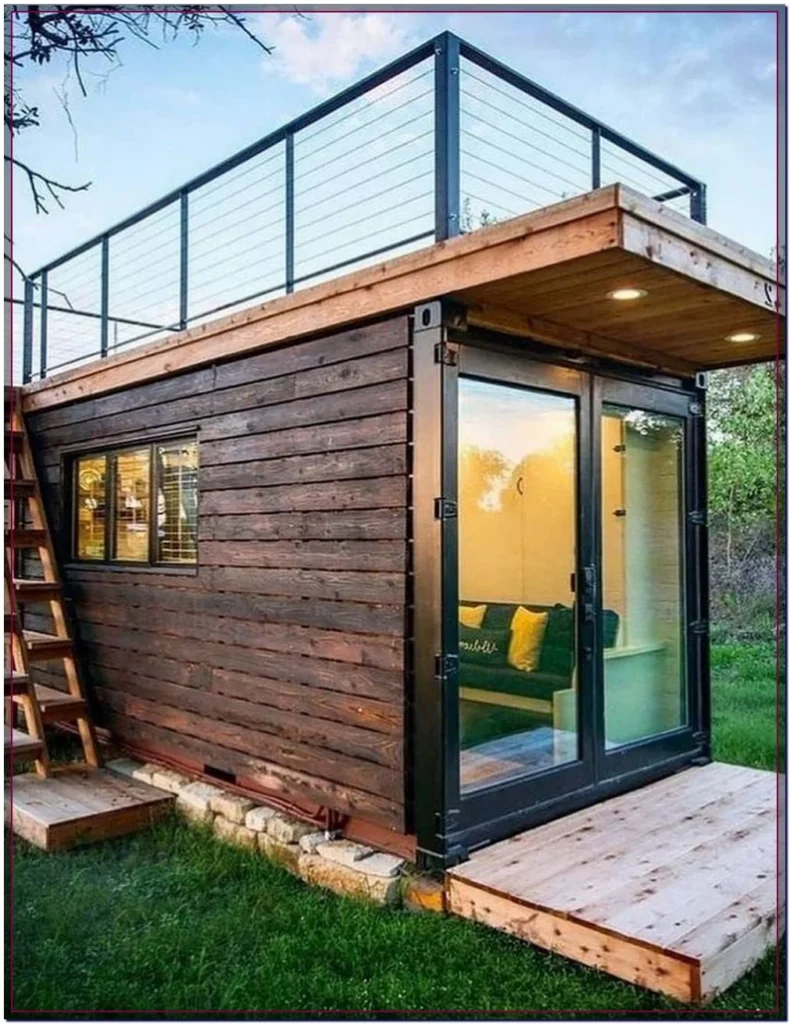
The prefabricated container house is a modern method to provide an eco-friendly environment for a budget. Shipping containers are used for converting into complete living space. With these homes manufactured in factories and shipped to the site, they can take less time and costs when compared to conventional construction. Because of these attributes, they are gaining more popularity all over the world.
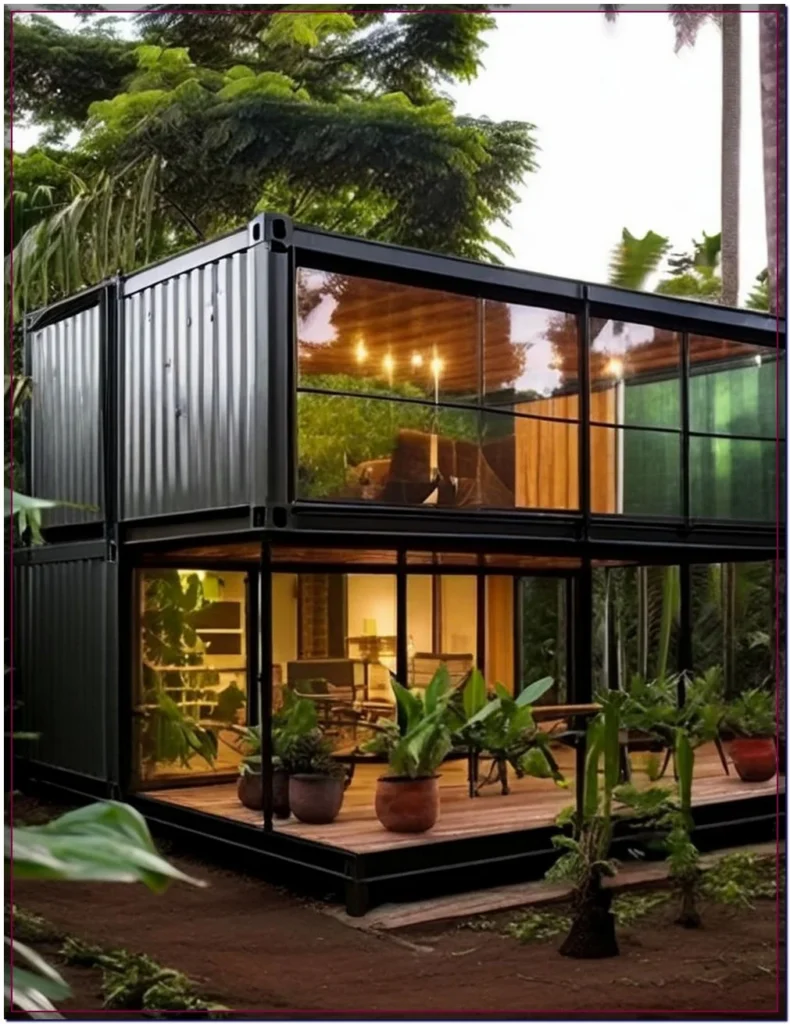
Structure and Design
Prefab container houses are primarily constructed out of either used or new steel shipping containers. Built to endure any weather and heavy loads, they offer durability and strength for a high-quality living space. Standard sizes include 20- and 40-foot lengths, allowing for flexible designs. Containers can be stacked or combined to create multi-story or spacious layouts.
The interiors will be specified by the owner, with insulation, plumbing and electrical wiring, and other finishings to suit stylistic needs. Both simple studios and larger multi-roomed houses can be built, with variations to suit needs and budgets.
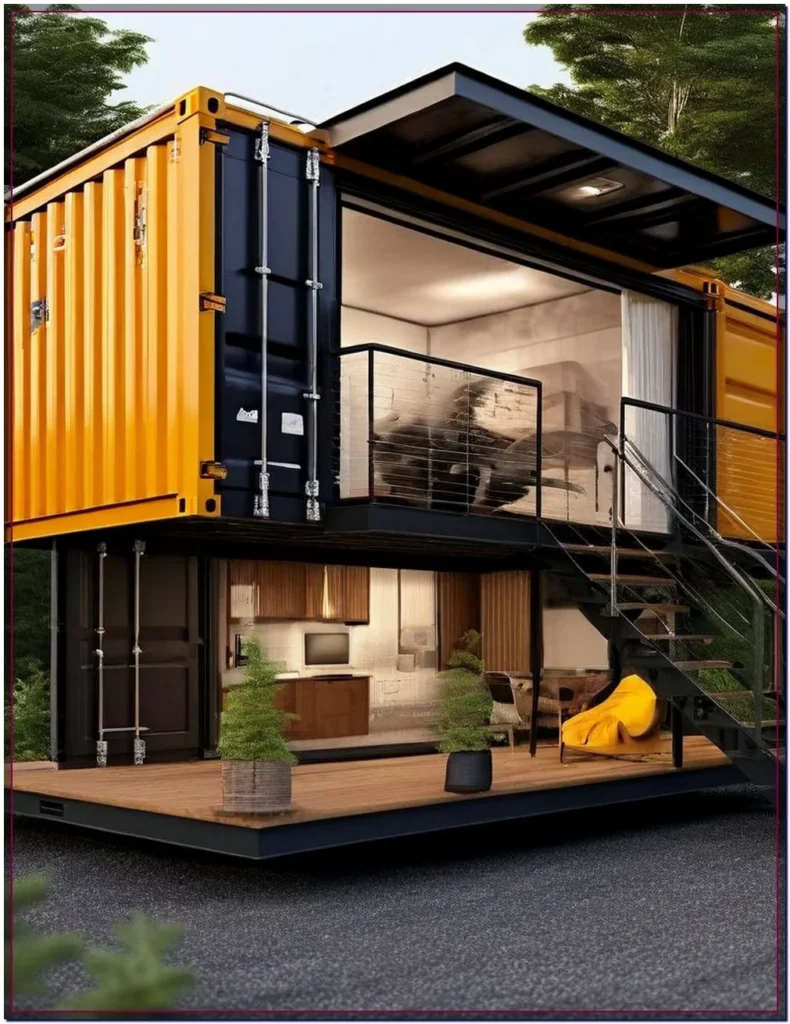
The Love Factor
One highly considered reason for the choice of prefab container homes is cost. These homes utilize lesser materials with less labor compared to traditional homes, thus keeping the costs low. Most of the construction activities are undertaken in a factory where there is little interference from weather patterns or shortages of labor.
Sustainability is another good reason one has to consider. Converting old shipping containers minimizes industrial waste, and some homes are equipped with solar panels, rainwater collection, and high-efficiency insulating features, further minimizing their environmental impact.
Mobility and flexibility are also big arguments in favor of container homes. The homes can be easily relocated and reassembled for temporary housing, vacation use, or disaster relief shelters.
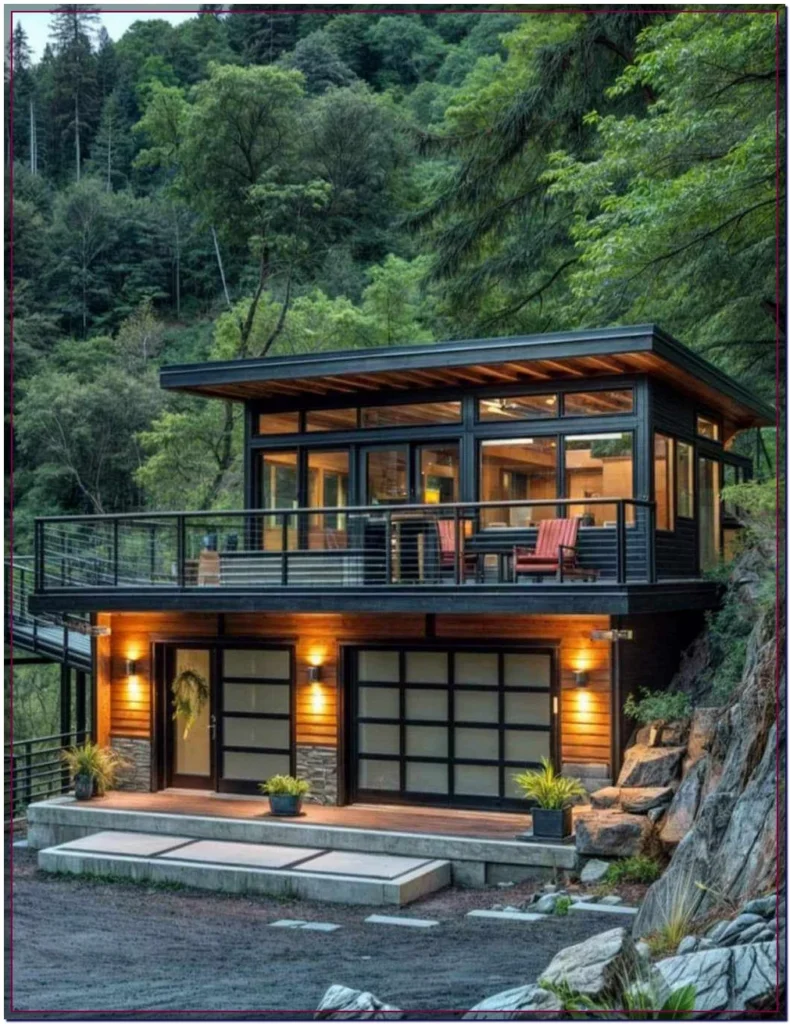
Challenges to Consider
Nonetheless, while prefab container houses have many advantages, challenges come with them too. The main hurdle is probably proper insulation since steel is a good conductor of heat and cold. Insulation is, thus, imperative to insulating the home in a manner that maintains a hospitable atmosphere throughout the year. Good ventilation is another option; without an open flow of air condensation could form, giving rise to humidity in these homes.
Local building codes and zoning laws vary by location. Homeowners must research regulations before installing a container home. Some modifications require skilled work to maintain structural integrity and safety.
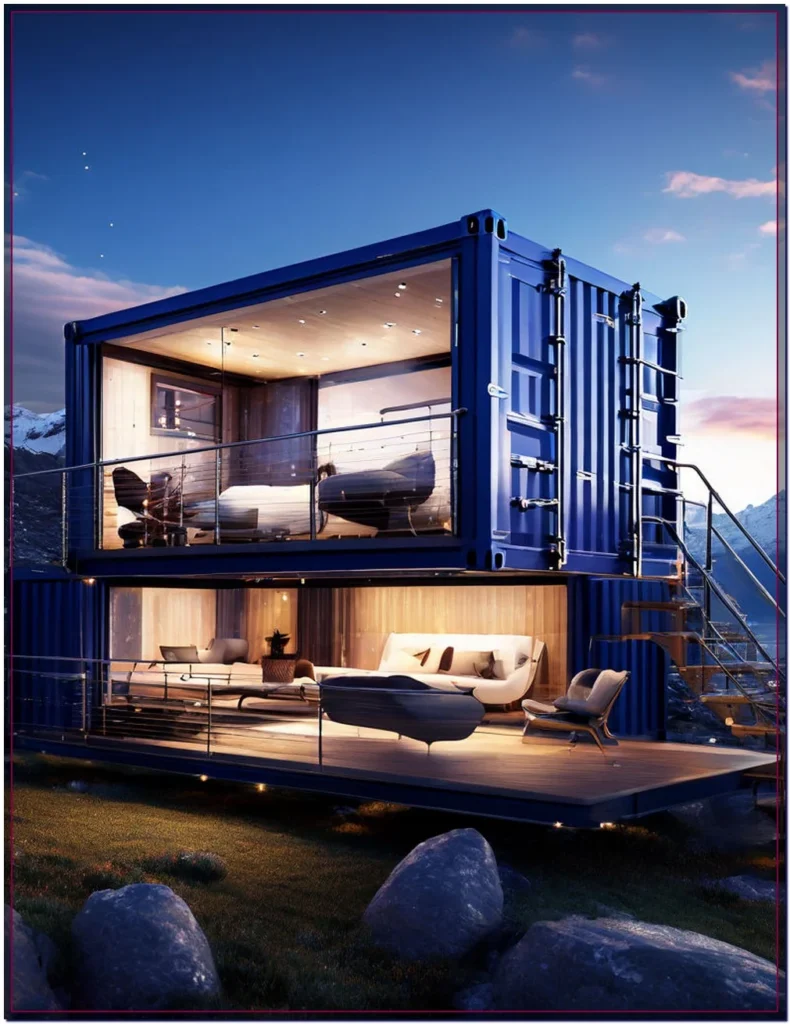
The Bottom Line
Prefab container houses are cost-effective, long-lasting, and environmentally friendly. Despite the obstacles such as insulation and zoning restrictions, their merits such as affordability, flexibility, and sustainability prove enticing. As more and more people seek innovative housing solutions that are greener and more seamless, prefab container homes are bound to become popular in the near future.




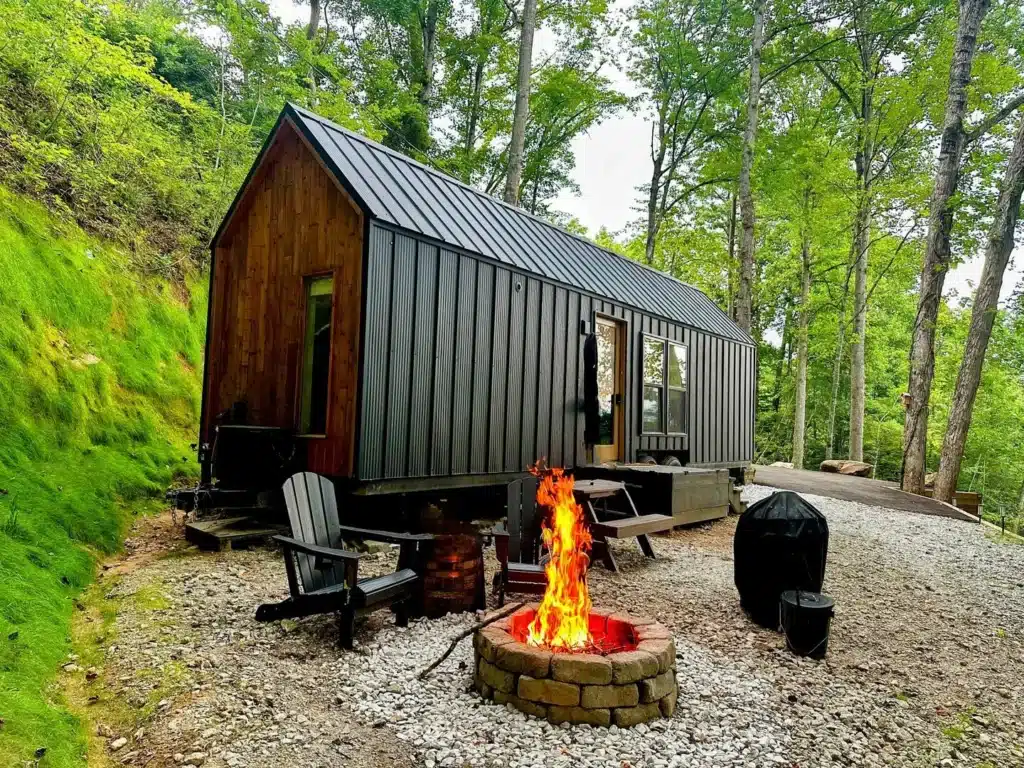
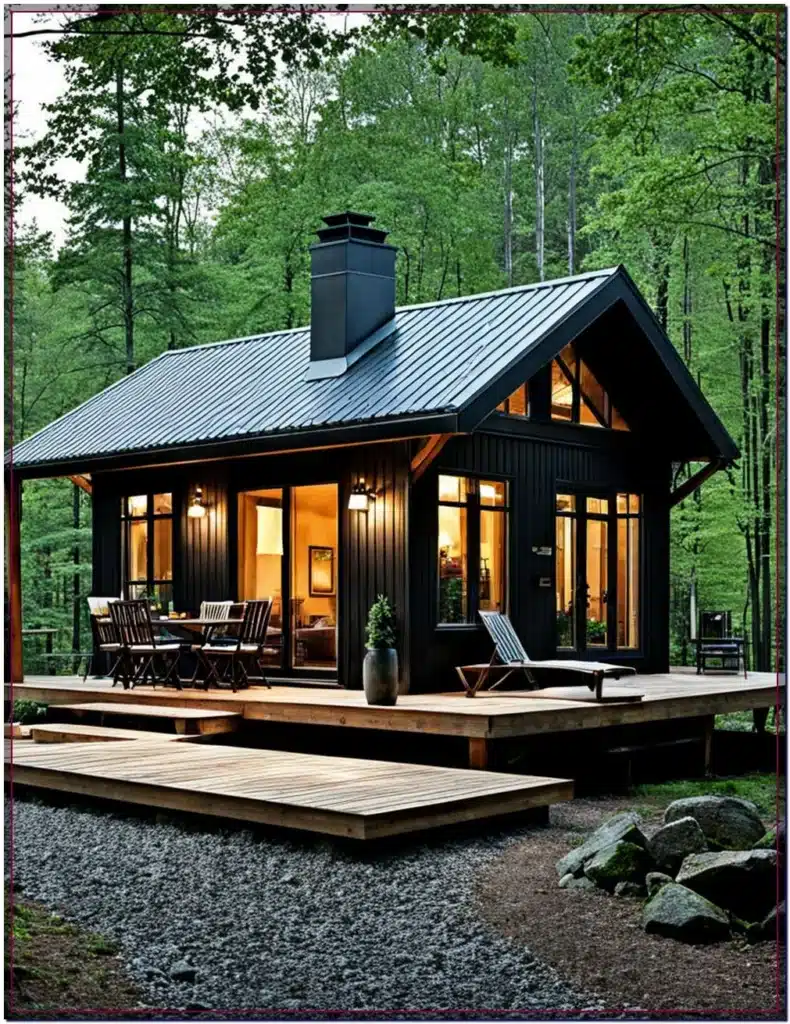
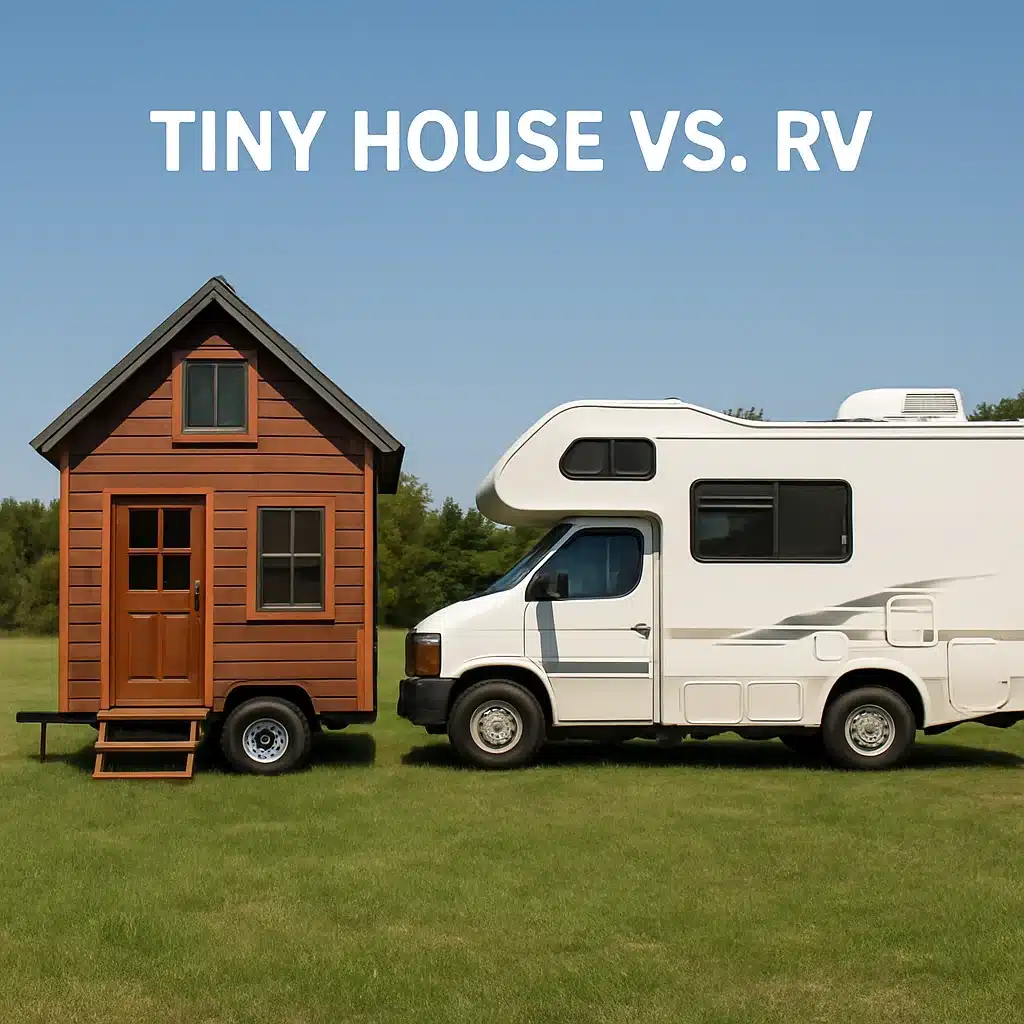
I’m interested in a 40 ft container home, with solar, rainwater catchment, composting toilet, 2 bedrooms. Living room with mounted tv, kitchen with gas propane stove, frig, washer/dryer.
I currently live off grid with the basics. I need more. Can you give me a price range ? Also, I live in northern Arizona. Thanks!